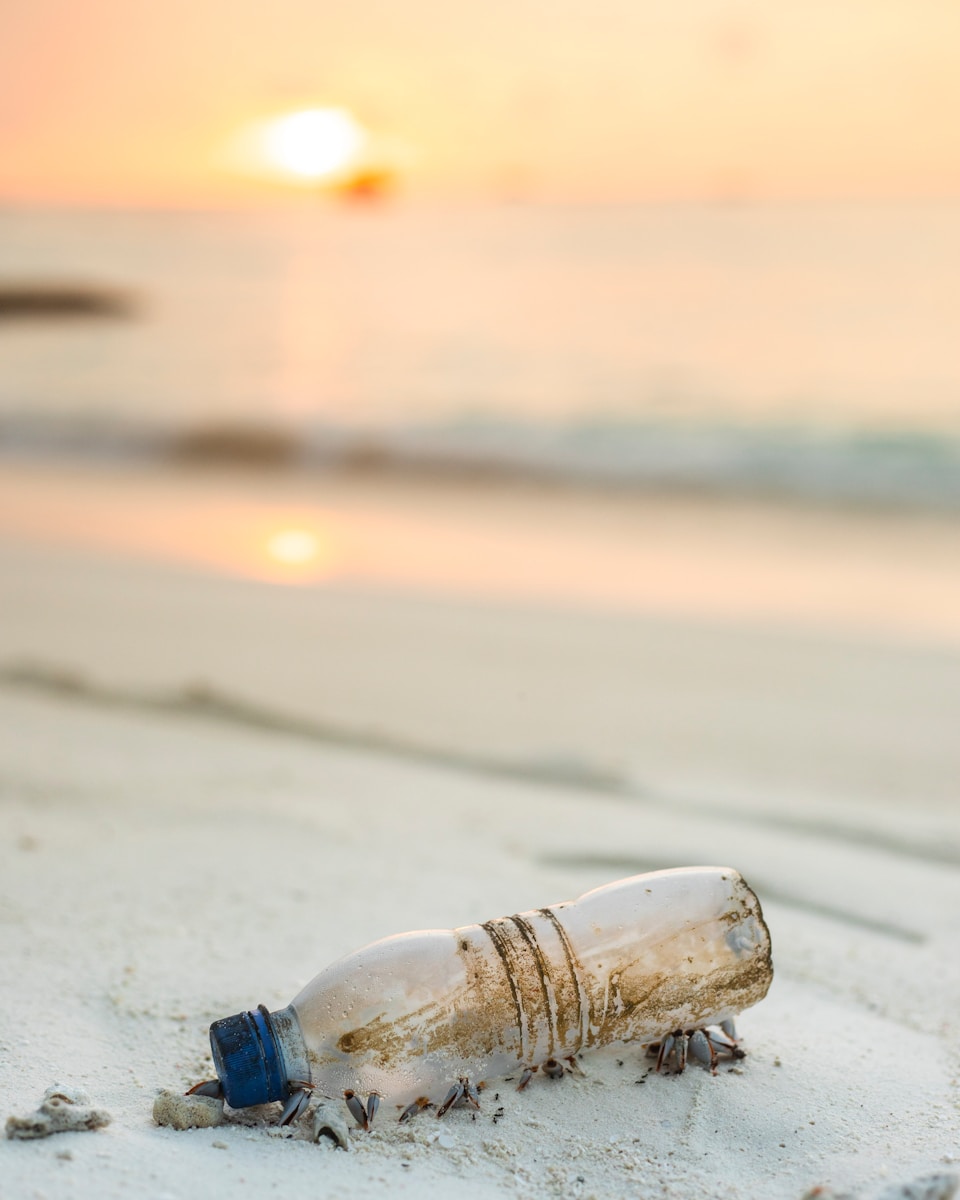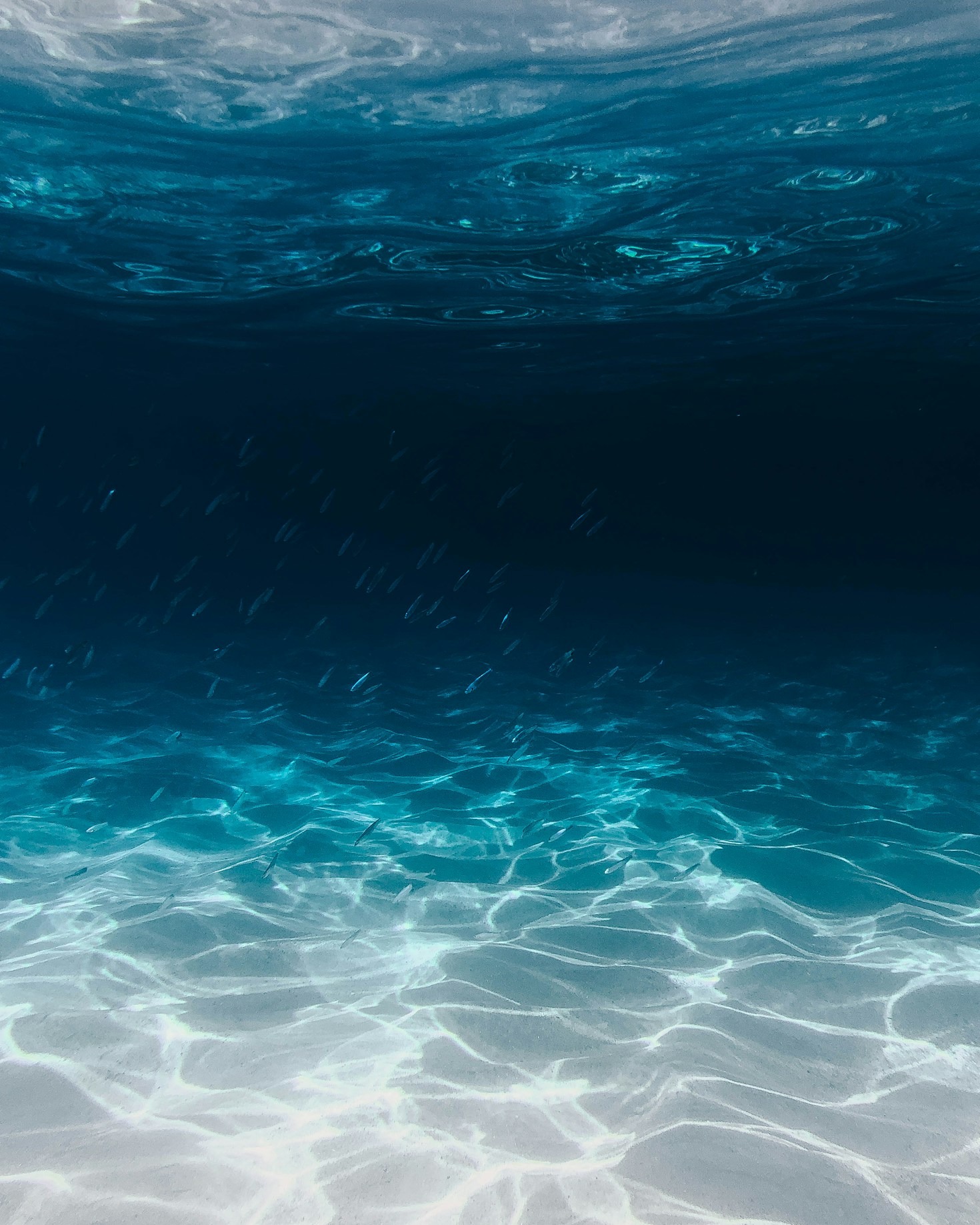Understanding the Impact of Plastic on Our Seas
Understanding the Impact of Plastic on Our Seas
Our oceans cover more than 70% of the Earth’s surface. They regulate the climate, produce oxygen, and support marine life. However, these oceans face serious threats. Plastic pollution has become a major crisis, harming marine species, ecosystems, and even human health. Every year, millions of marine animals die due to plastic-related issues. In this blog, we will discuss the harmful effects of plastic on our seas, real-life examples of its impact, and what actions we can take to solve the problem.
A Sea of Plastic: The Growing Crisis
Each year, around 8 million metric tons of plastic enter the ocean. That’s the equivalent of dumping a garbage truck of plastic into the sea every minute (source: National Geographic). Furthermore, a shocking over 5 trillion plastic pieces currently float in our oceans, forming massive garbage patches, like the Great Pacific Garbage Patch, which spans over 1.6 million square kilometers—twice the size of Texas (source: Ocean Cleanup).
Moreover, plastics don’t break down easily. Instead, they break into smaller pieces known as microplastics. These tiny particles, often smaller than 5 millimeters, have been found from the Arctic to the deepest parts of the ocean, including the Mariana Trench (source: NOAA). Even worse, plastic can take up to 1,000 years to fully degrade, which means waste from today will impact marine life for generations.

How Plastic Affects Marine Life
Ingestion and Blockage
Many marine animals mistake plastic for food. Sea turtles eat plastic bags, confusing them for jellyfish. Similarly, albatrosses have been found with stomachs full of plastic, which they unknowingly feed to their chicks, leading to starvation. Studies show that over 90% of seabirds have plastic in their stomachs (source: CSIRO).
Entanglement
Large plastic debris, like discarded fishing nets (also called ghost nets), ensnare marine animals, preventing them from swimming freely. As a result, whales, dolphins, and sea lions have been found trapped in plastic waste, leading to severe injuries or drowning.
Chemical Contamination
Plastics absorb harmful chemicals like pesticides and heavy metals from the ocean. Consequently, when marine creatures ingest plastic, these toxins enter their bodies and move up the food chain, eventually reaching humans.
Damage to Ecosystems
Plastic pollution smothers coral reefs, blocking sunlight needed for photosynthesis. Since reefs are home to 25% of marine life, their destruction has widespread consequences (source: WWF). This weakens biodiversity and disrupts oceanic balance.
The Broader Consequences of Plastic Pollution
Risks to Human Health
Microplastics have been found in seafood, drinking water, and even human blood (source: Science Journal). Long-term exposure may cause cancer, hormonal disruption, and reproductive issues. In fact, a study published in Environmental Science & Technology estimates that humans consume around 50,000 microplastic particles annually.
Economic Impact
The fishing industry faces losses as marine life declines, while coastal tourism suffers when plastic waste pollutes beaches. Additionally, clean-up efforts cost billions each year, draining government resources (source: UNEP).
Connection to Climate Change
Plastic production contributes to greenhouse gas emissions, and plastic waste disrupts carbon-absorbing ecosystems. For instance, coral reefs and plankton help regulate carbon dioxide, but plastic pollution weakens their ability to do so.

What Can Be Done to Solve the Problem?
Reduce, Reuse, Recycle
The most effective way to fight plastic pollution is to reduce plastic consumption. Therefore, we should avoid single-use plastics like bottles, bags, and straws. Furthermore, governments must improve recycling infrastructure to handle plastic waste more efficiently.
Ban Single-Use Plastics
Many countries, including Canada, Kenya, and the European Union, have banned certain single-use plastics. As a result, these bans have already started reducing plastic waste. Governments worldwide need to enforce stricter regulations to curb plastic production and promote sustainable alternatives.
Support Clean-Up Efforts
Organizations like The Ocean Cleanup and 4Ocean work to remove plastic from the seas. Supporting these efforts financially or through volunteering can make a difference.
Raise Public Awareness
Public education is crucial. Thus, schools, media, and businesses must spread awareness about the dangers of plastic pollution. After all, every person has a role to play in reducing plastic waste.
Invest in Innovation
Scientists are developing biodegradable plastics and advanced recycling technologies. By supporting these innovations, we can help reduce plastic dependency. For example, companies like Notpla are making seaweed-based packaging as a sustainable alternative.
Conclusion: A Shared Responsibility
Plastic pollution is one of the most urgent environmental crises of our time. It affects marine life, human health, and the global economy. The problem is massive, but we can take action. By reducing plastic use, supporting clean-up efforts, and raising awareness, we can protect our oceans for future generations.
The health of our seas is in our hands. Now is the time to act.

